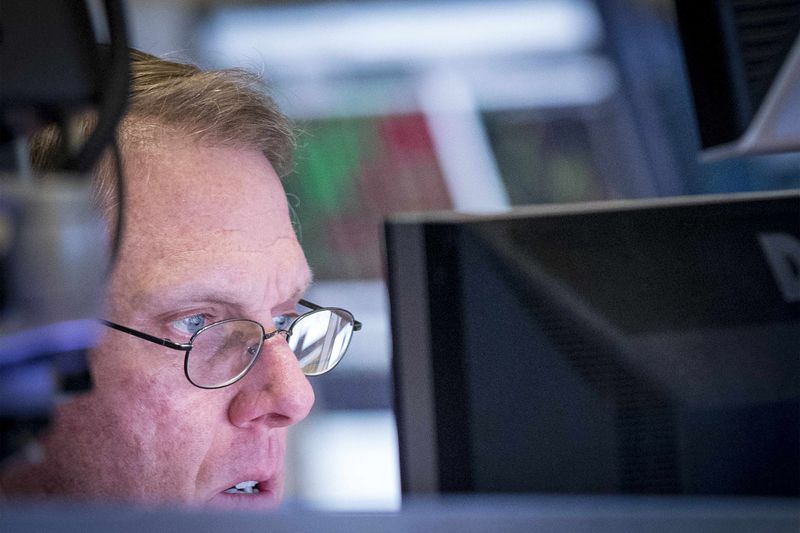Quiver Quantitative - The third quarter witnessed a substantial uptick in US labor costs, fueled predominantly by an accelerated wage growth, as reported by the Labor Department. This robust growth not only underscores the buoyant economic growth pace, marked as the most vigorous in nearly two years, but also elucidates the sharp spike in consumer spending in the past quarter. In the face of these developments, the Federal Reserve, which convened for a two-day policy meeting on Tuesday, is anticipated to retain the current interest rates but persist with its hawkish outlook. This stance is reinforced by the recent surge in US Treasury yields and a stock market downturn, both of which have constricted financial conditions.
Rubeela Farooqi, the chief US economist at High Frequency Economics, remarked on the wage growth rate stating, "Wages continue to rise at an elevated pace, too high for Fed officials." Consequently, she predicts that policymakers will mull over another rate hike while adhering to a restrictive monetary policy for the foreseeable future. According to the Bureau of Labor Statistics, the Employment Cost Index (ECI)—a comprehensive gauge of labor costs—saw a 1.1% surge in the previous quarter, a slight elevation from the 1.0% rise in the April-June window. Year-on-year, labor costs advanced by 4.3% after a 4.5% increment in the second quarter.
Esteemed by both policymakers and economists, the ECI offers a nuanced view of labor market dynamics and acts as a precursor to core inflation, factoring in job quality and composition shifts. Since March 2022, there has been a 525-basis points augmentation in the Fed's policy rate, positioning it in the 5.25%-5.50% bracket. The narrative of annual compensation growth manifests a gradual decline post its zenith last year, harmonizing with the mild relaxation observed in labor market conditions.
Delving deeper into the data, wages experienced a 1.2% growth in Q3, a 0.2% increment from the preceding quarter, thereby marking a 4.6% year-on-year rise, a rate that outpaces pre-pandemic figures. The private sector saw a 1.1% wage growth, translating to a 4.5% year-on-year rise, while state and local government wages surged by 1.8%, largely attributed to the education, health services, and public administration sectors, amounting to a 4.8% year-on-year growth. When adjusted for inflation, an overall wage growth of 0.9% was noted for all workers on a year-on-year basis, following a 1.7% leap in Q2. Additionally, benefits also rose by 0.9% in the last quarter, marking a 4.1% annual increment.
This article was originally published on Quiver Quantitative
